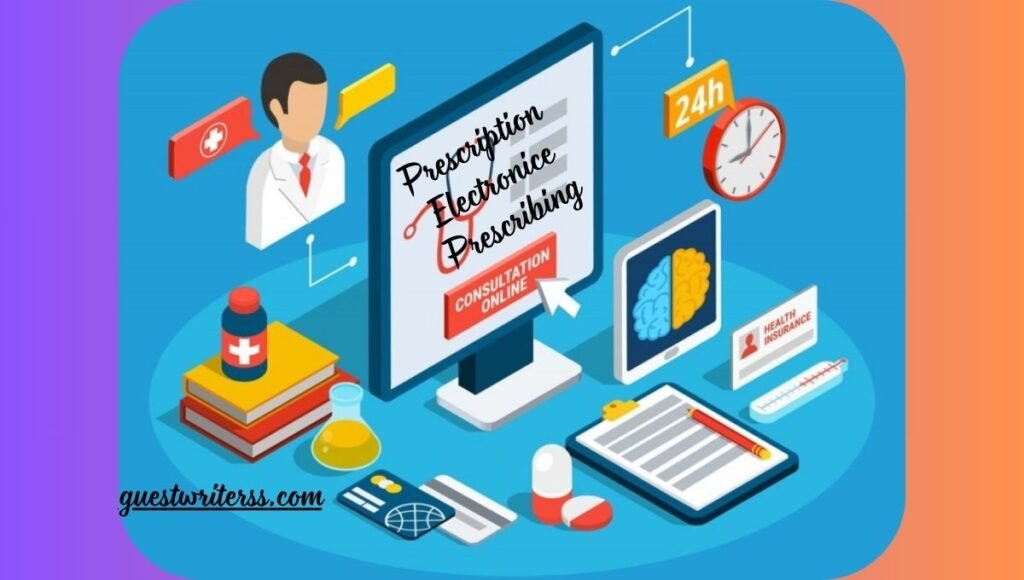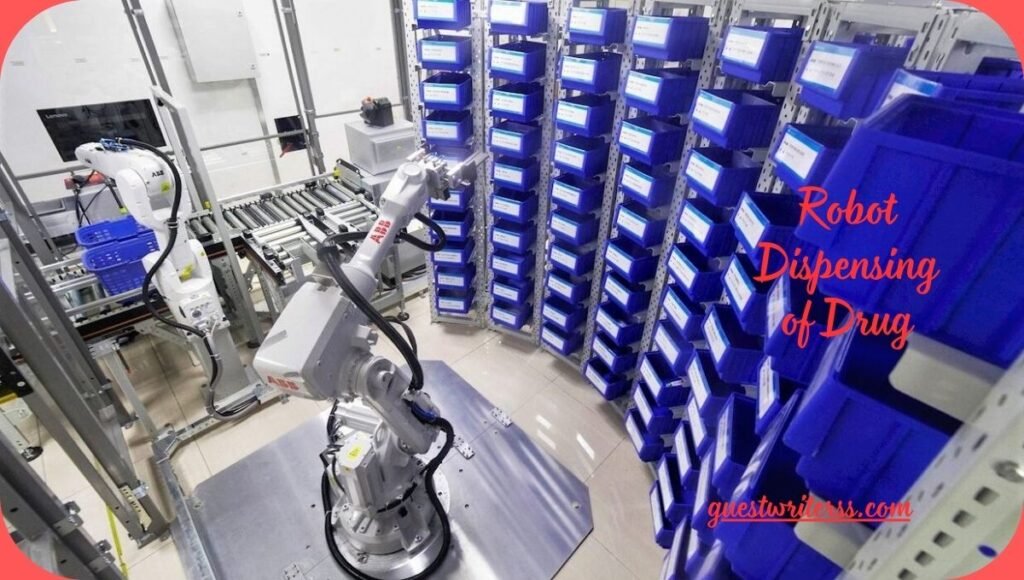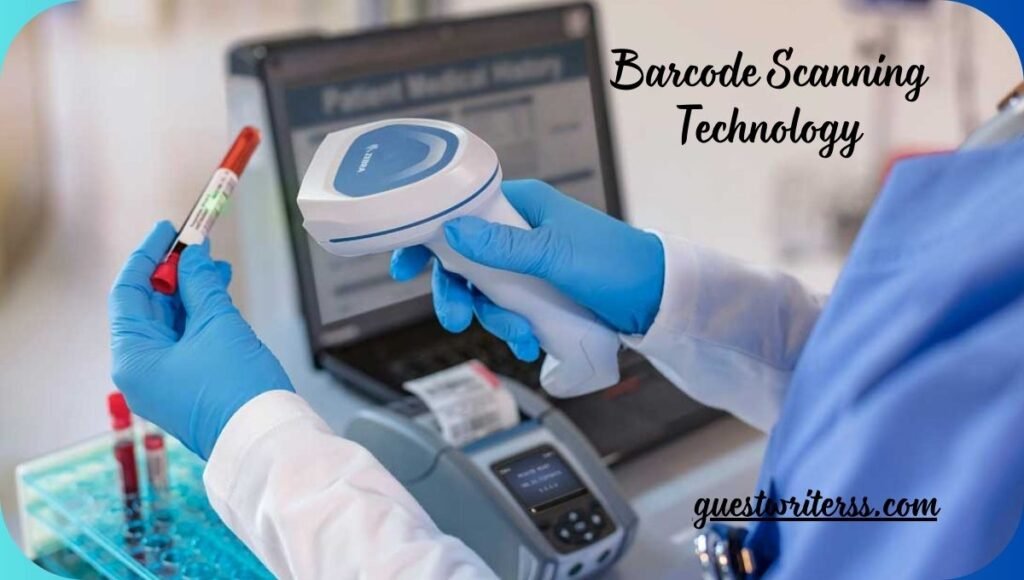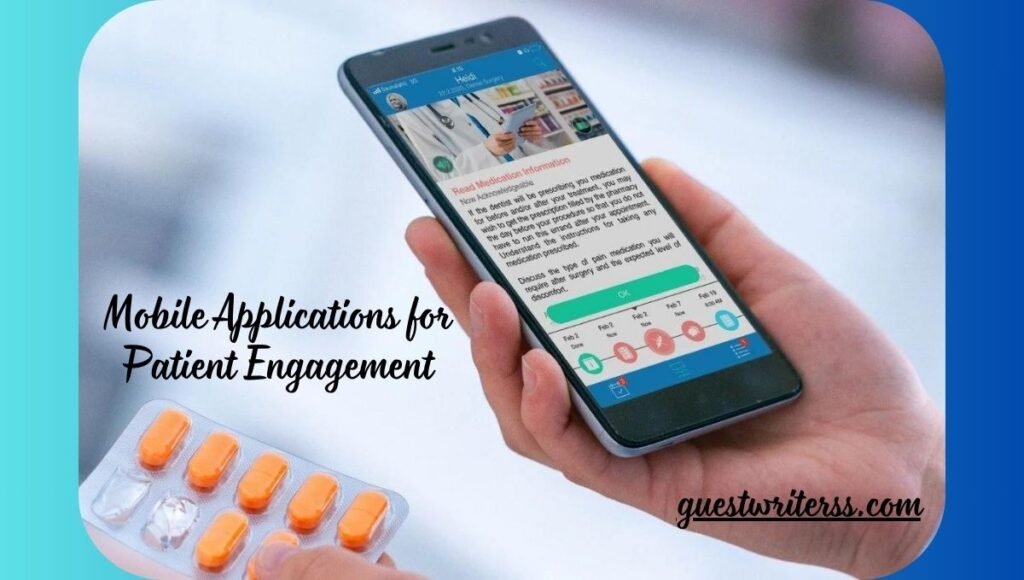Pharmaceuticals have embraced modern technology to enhance patient care and streamline processes. As a result, this journey significantly enhanced their operations, increasing accuracy. Consequently, pharmacies are now better equipped to meet the needs of their patients. This article, What Technology Pharmacy Use, talks deep into the technology that pharmacies use in changing the face of health. Automated dispensing systems are included in it. Moreover, it has advanced software for managing patient records. Modern technology in pharmacies primarily handles this management. As a result, these systems play a crucial role in improving efficiency and safety.
Table of Contents
ToggleIntroduction: What Technology Does Pharmacy Use?

Contemporary pharmacies mainly depend on technology to run the business. A common question arises from both patients and industries. Specifically, they ask, ‘What technology do pharmacies use? Thanks to technological advancements, medication delivery has improved. Medication errors have decreased as a result. Additionally, these changes have increased patients’ level of involvement in their care. To remain competitive and comply with various regulations, pharmacies utilize many tools. Next, we will explore what technology pharmacies use and its impact on the overall healthcare system.
Dispensing Automation: What Technology Does Pharmacy Use?
Automation is a key component of what technology pharmacies use. Additionally, automated dispensing devices reduce human error in drug delivery. These machines are both efficient and quick. Consequently, they improve patient safety.
Advantages of Automation
- Eradicates dispensing errors.
- More efficiency for those of high-volume pharmacies.
- Saves the time of pharmacist
It also minimizes patient waiting time. Moreover, it enhances accuracy. Which is very important for heavy workload pharmacies.
Pharmacy Management Software

Another vital response to what technology pharmacies use is pharmacy management software. This software controls all inventory, billing, and patient data in real-time. Additionally, it minimizes record-keeping. This reduction has two aspects: compliance and operational efficiency.
Main features of the pharmacy software
- The inventory control determines the stock quantity and follows the expiration date.
- The bill solutions provide integrated systems with guaranteed payment accuracy.
- Patient records control medical history for future reference.
This software keeps pharmacies organized. Moreover, it ensures compliance with healthcare requirements. It also tracks complex logistics, such as drug shortages or product recalls.
Prescription Electronic Prescribing

Electronic prescribing is an option for pharmacy technology. Moreover, it enhances communication between physicians and the pharmacy. This makes interactions more efficient. A paperless prescription gets rid of paper orders with a chance for error and eliminates clogging legwork.
Benefits of E-Prescribing
- Accuracy: No longer misreadings from scratchy prescriptions.
- Efficiency: The doctor’s prescription reaches the medical clerk right away.
- Patient Safety: Automatic alerts of potential drug-drug interaction or drug allergy.
There has been an increase in e-prescriptions. Moreover, this change has been a game changer. It is especially significant in fast-paced urban environments. Quick access to prescriptions is necessary in these areas.
Robot Dispensing of Drugs: What Technology Pharmacy Use?

Robots have become part of pharmacies. These robots assist in sorting drugs. This technology enhances efficiency and accuracy in pharmacies.
How Robots Help
- Speed: It is much faster. In comparison, other manual processes take longer.
- Precision: It can count with high precision. Additionally, it can label accurately.
- Labor-saving: This allows for more focus on patient care. Consequently, staff can dedicate more time to patients.
These systems ensure accuracy. Furthermore, they handle the workload in high-demand pharmacies. This minimizes any compromise on precision.
Data Analytics: What Technology Does Pharmacy Use?
Data analytics is crucial in modern pharmacy technology. Moreover, it plays a vital role in what technology pharmacies use today. In addition, pharmacies use data to make informed decisions. They make decisions about inventory. It focuses on patient care. Therefore, they utilize data to shape their marketing strategies.
Utilization of Data
- Forecasting what a pharmacy needs, forecasting what their inventory needs by their sales trends.
- Bettering patients’ results: by medication adherence trends.
- Cost control: By data analysis of the institution’s resources.

The graph shows data analytics’ rising impact on pharmacy operations.
Pharmacies are increasingly adopting data analytics. That’s why they’re optimizing efficiency while keeping a customer-first mindset.
Telepharmacy: What Technology Does Pharmacy Use?

Telepharmacy allows remote pharmacists to serve patients directly. This is an important application of technology in pharmacy. Furthermore, it is especially beneficial in rural or underserved areas. It connects pharmacists with patients through online media.
Advantages of Telepharmacy
- Accessibility: They reach the patients in difficult access areas.
- Cost-effective: They do not require as much overhead as a traditional location.
- Convenience: Patients obtain consultations without having to visit a location. Telepharmacy has opened health care to many places that physical pharmacies may not reach.
Barcode Scanning Technology: What Technology Does Pharmacy Use?

Barcode systems ensure accurate dispensation of drugs.
Advantages of the use of Barcodes
- Prevention of errors: it ensures medication and dosage.
- Efficiency: it enhances the rate of dispensing.
- Safety: it reduces the risks of wrong medicines being dispensed.
Adding barcode scanning improves speed. Moreover, it enhances safety. These are important considerations for quickly moving pharmacies.
Mobile Applications for Patient Engagement

Mobile applications are vital for how technology pharmacies reach patients. Additionally, these apps support patients in several ways. They help patients follow prescriptions. Furthermore, they remind patients to take their medications.
Features of the Application
- Prescription reminders: The patient no longer misses their doses.
- Access to consultation: Patients can talk to pharmacists wherever they are.
- Rewards for loyalty: Patients earn rewards for purchasing medication.
Mobile applications improve service conditions in pharmaceutical stores. Additionally, they engage patients in monitoring their health status.
Artificially Intelligent Systems (AI)
Pharmacy technology plays a crucial role. It applies artificial intelligence to optimize decision-making. Furthermore, the AI system reads and interprets patient information. It predicts needs and offers alternative treatments.
Applications of AI
- Personalized treatment: according to individual information from the patient
- Efficiency in operations: optimization in the workflow of the pharmacy
- Innovative drug discovery: assist researchers in discovery of novel drugs.
Machine learning algorithms enhance pharmacy systems. As a result, they make these systems smarter. Furthermore, these algorithms improve efficiency for both patients and healthcare professionals. On top of that, they streamline processes and enhance service quality.
Conclusion: What Technology Does Pharmacy Use?
Today, pharmacies use automation and software. Additionally, they employ telepharmacy and AI. These technologies achieve operational efficiencies and improve patient care. Therefore, pharmacists should focus more on patient care and consultation. Machines handle simple tasks. Thus, technology in a pharmacy setup is not just a trend; it is the future of healthcare.
FAQs: What Technology Does Pharmacy Use?
What is the most common technology used in pharmacies these days?
Automation and management are key technologies in pharmacies. Moreover, they help streamline business operations and enhance safety.
How does Telepharmacy work?
Telepharmacy offers access to pharmacists for patients. Moreover, it provides digital platforms for consultation. Patients can receive prescription services without real-time face-to-face interaction.
What are the advantages of using analytics in a pharmacy?
Data analytics are applied in pharmacies. For instance, they help manage inventory. Additionally, they predict customer demands. Furthermore, they enhance patient outcomes based on trends and patterns.
In what way does AI advance pharmacy practice?
AI supports the personalization of treatment plans. Additionally, it quickens operations. Moreover, it facilitates new drug discovery.
What are the advantages of e-prescriptions?
E-prescriptions prevent prescription errors. Additionally, they speed up the process. They also guarantee safety through automated checks for drug interactions.
Read more about Health, Technology and other categories on Guestwriterss.















